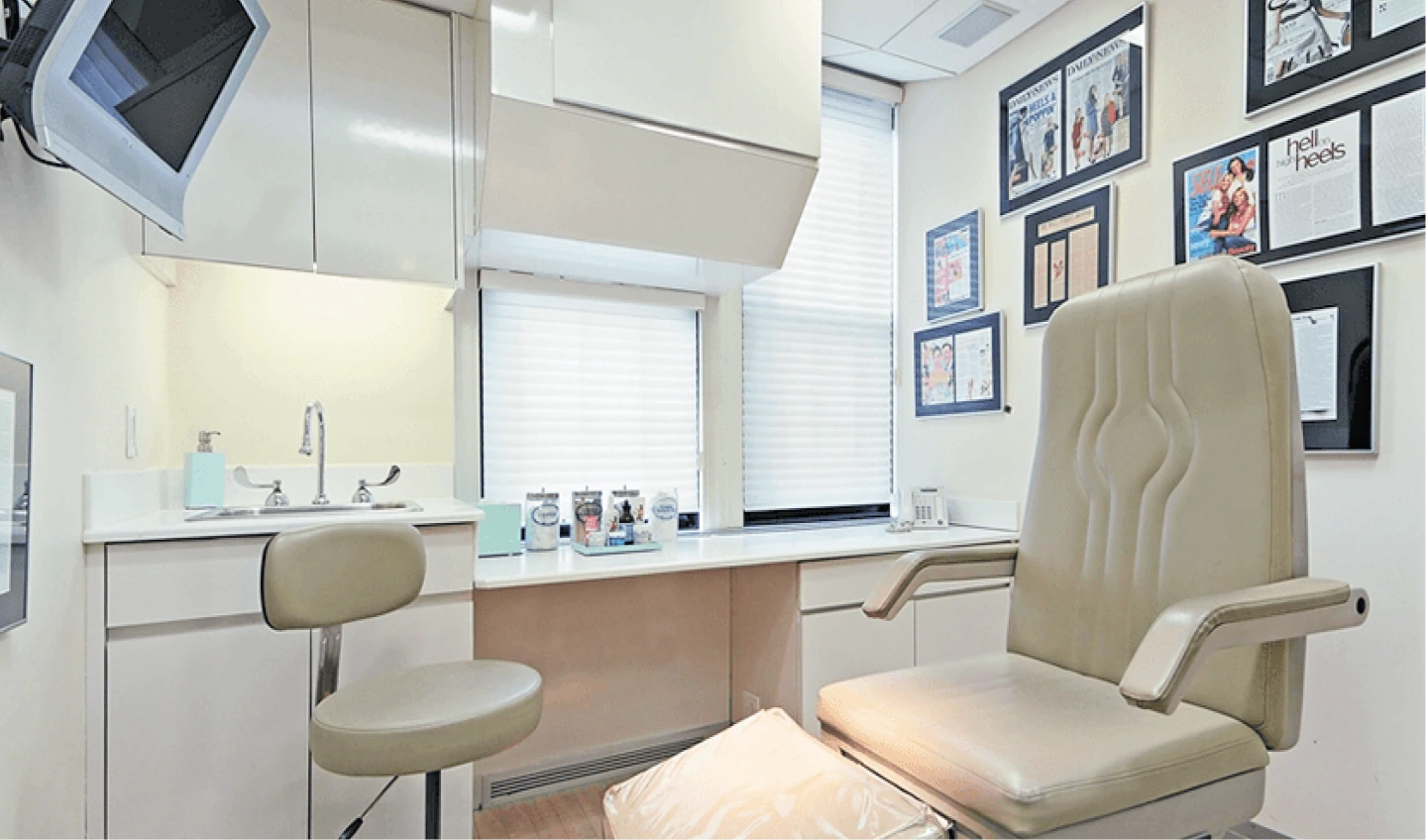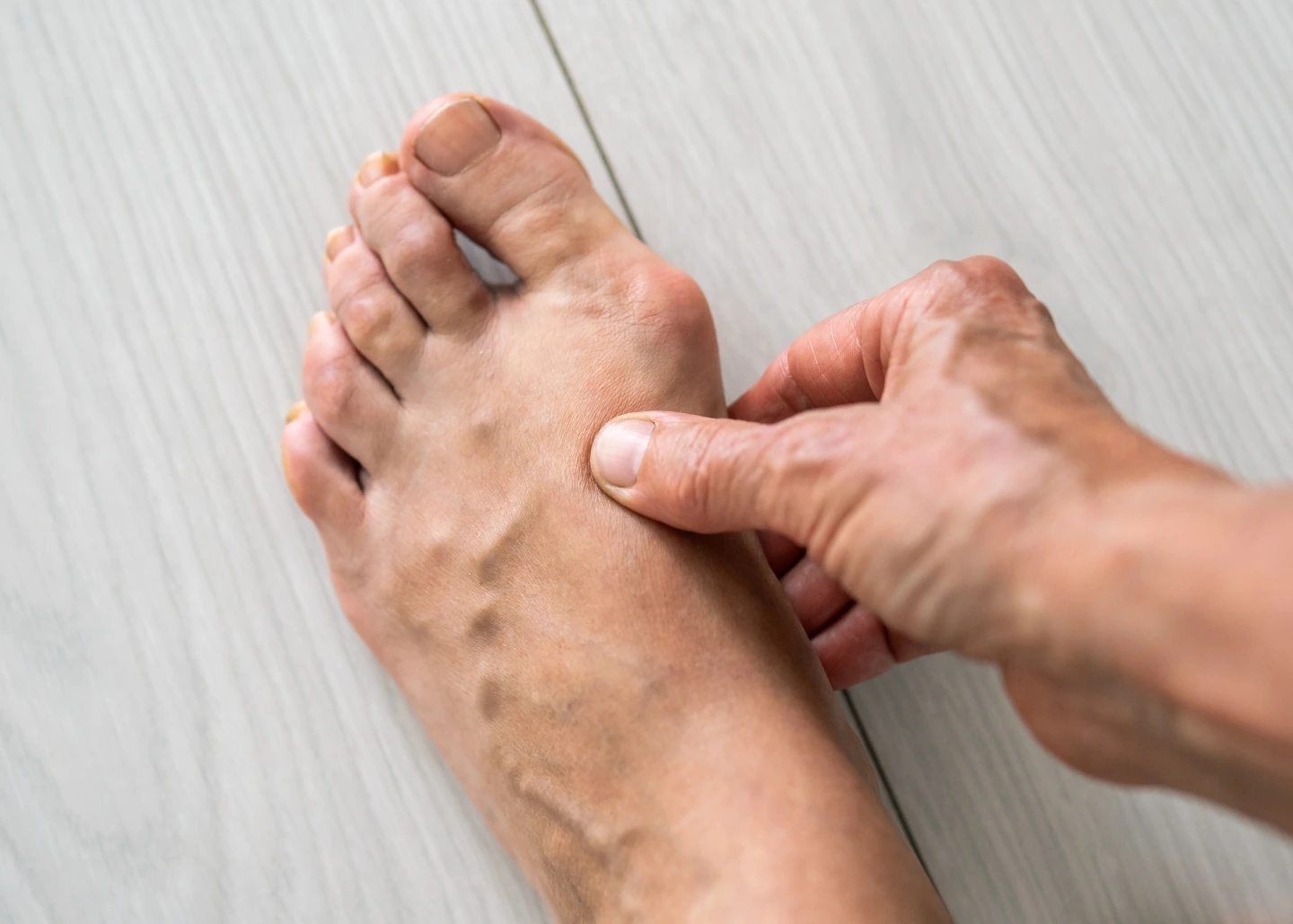
Bunion deformity, also known as hallux valgus, is a common foot condition characterized by a bony bump that develops at the base of the big toe joint. This problem occurs when the big toe begins to angle inward toward the second toe, causing the joint at its base to protrude outward. The misalignment leads to a progressive deformity that may cause the big toe to overlap with adjacent toes in severe cases. Bunions can develop gradually over time and are often associated with wearing tight, narrow shoes, genetic predisposition, or certain foot types. The condition may affect people of any age, though it is more commonly seen in women and older adults.
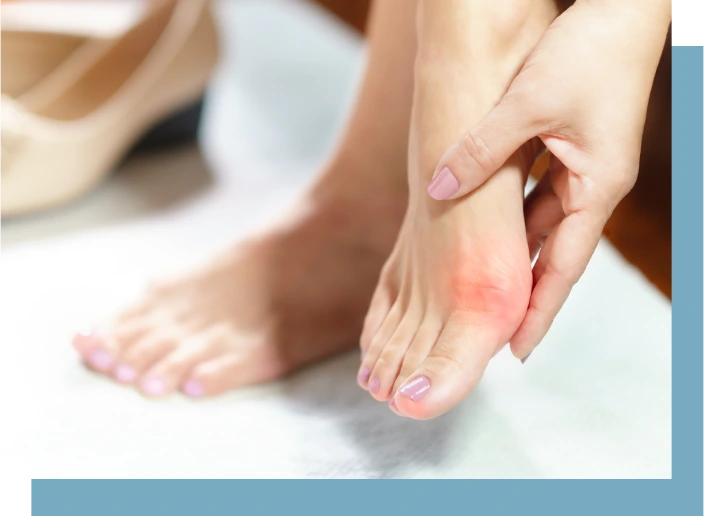
Every bunion surgery begins with a comprehensive consultation with our podiatrist. During this initial meeting, we evaluate the deformity, review the patient’s medical history, and discuss any underlying conditions that might affect the operation. X-rays are typically taken to assess the extent of the bunion and help plan the surgical approach. Our podiatrist explains various treatment options and potential outcomes, including recovery time. Severe bunion deformities usually require surgical intervention to achieve excellent results.
Before treatment, patients may need to undergo routine medical tests and adjust their medications. They should also arrange post-operative care, including transportation home after the procedure and assistance during the initial recovery period. Proper footwear and assistive devices, such as crutches or a surgical boot, should be obtained beforehand to ensure a smoother healing process.
Bunion surgery, also known as a bunionectomy, corrects the misalignment of the big toe and the bone protrusion at the base of the toe joint. This operation aims to relieve pain, restore normal function, and improve the foot’s appearance. The exact procedure can vary based on the severity of the bunion, the specific approach, and the patient’s needs. Here is a general overview:
To access the bunion, our surgeon makes an incision on the side of the foot, directly over the affected area. The size and location of the cut depend on the chosen technique. This incision allows our bunion surgeon to view the affected joint and surrounding structures to perform the necessary corrections.
Once the bones and soft tissues have been realigned, our surgeon closes the incision with sutures. In some cases, absorbable stitches are used so they do not need to be removed. The incision is then bandaged, and the foot may be placed in a surgical shoe or splint to protect it during the initial stages of healing.
Sometimes, our bunion surgery specialists take X-rays to confirm that the bones are correctly aligned. This ensures the problem has been successfully corrected and the joints are appropriately positioned. The imaging may also help plan follow-up care and monitor the healing process.
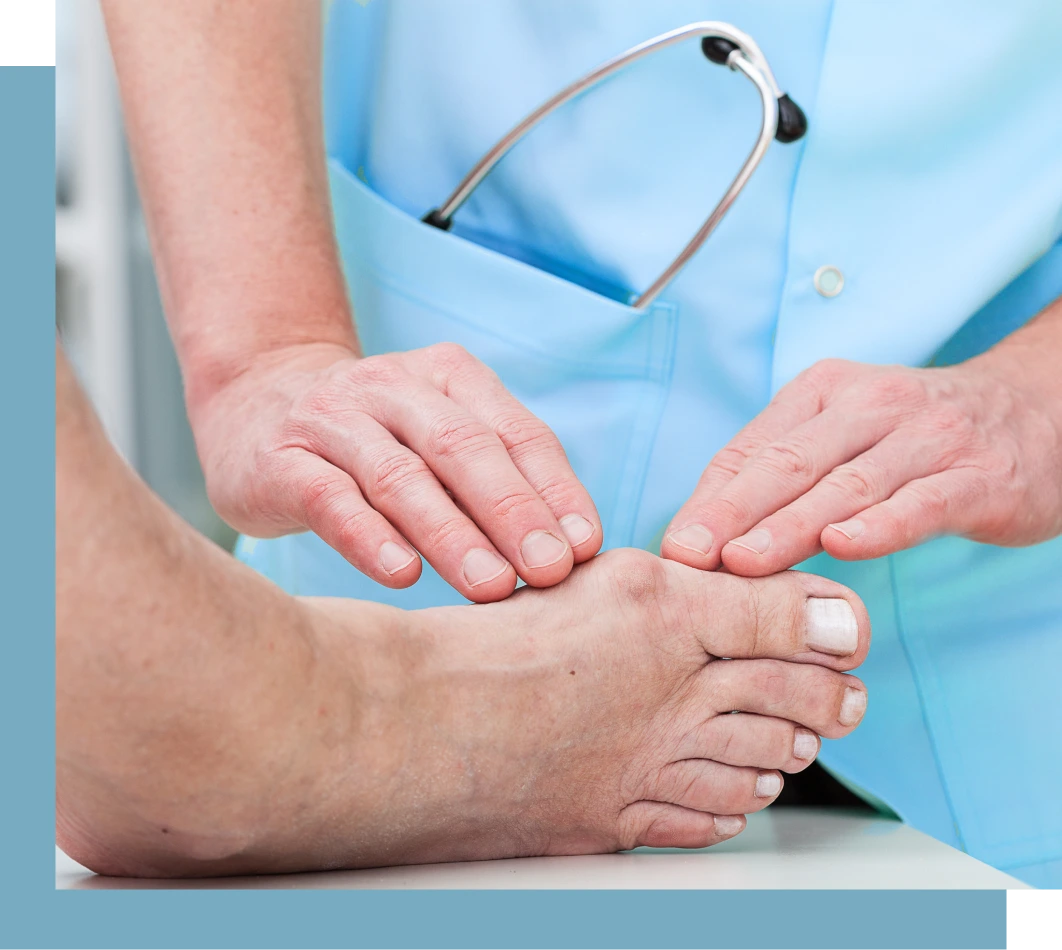
After bunion surgery, patients receive post-operative instructions to ensure the best possible results. They may need to attend follow-up appointments to evaluate their healing. The length of recovery varies depending on the extent of surgery. Here is a typical timeline:
Patients may start bearing weight on the foot in one month, although this is done gradually and cautiously. Swelling and pain should be significantly reduced, but some discomfort might persist. Depending on our surgeon’s recommendation, patients begin transitioning to regular footwear. Physical therapy or gentle exercises are introduced to improve flexibility and strength. Follow-up appointments ensure that the bones are correctly aligned and healing as expected.
By six months, the foot is usually fully healed. Swelling and pain are minimal or absent, and patients can generally return to most activities, including sports or exercise, depending on their recovery progress. Minor swelling might still occur after extended periods of activity, but overall recovery is typically complete. Regular follow-up visits with our surgeon ensure the long-term success of the procedure.
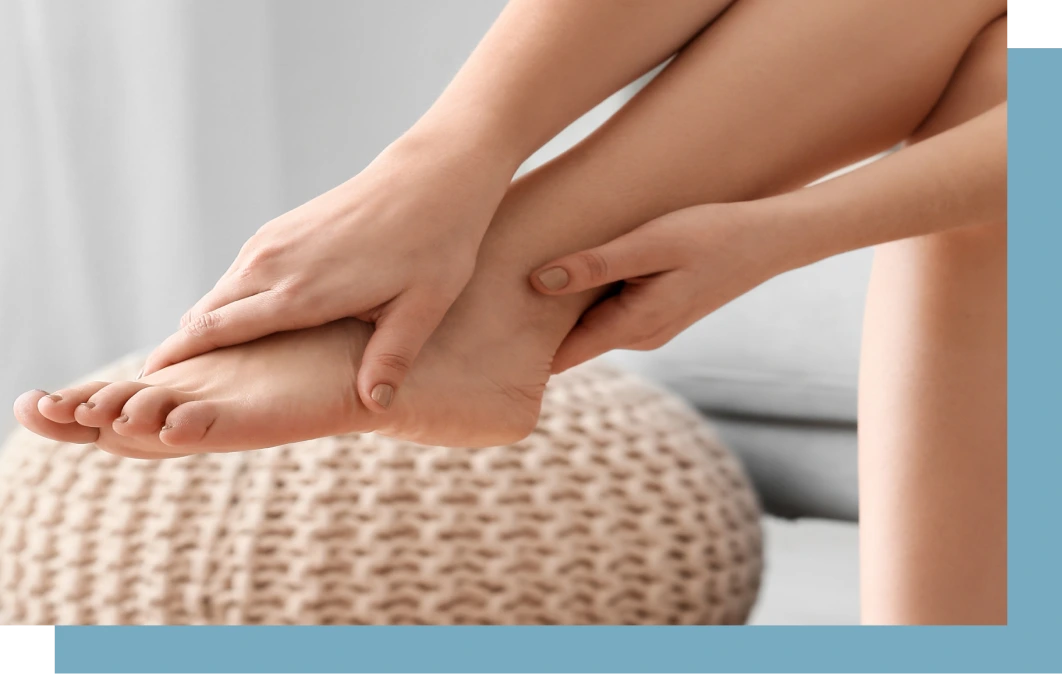
Patients with bunion deformities may sometimes benefit from additional treatments, such as custom orthotics. These specialized shoe inserts are designed to provide optimal support and cushioning, improving foot alignment and reducing pressure on the affected area. Custom orthotics can help alleviate pain, prevent the bunion from worsening, and support the overall foot structure. They are especially beneficial for patients who experience discomfort while walking or standing for prolonged periods.
After a thorough evaluation, our foot and ankle surgeons take precise measurements of the foot and design orthotics tailored to the individual’s specific needs. While this treatment may not correct the deformity, it can significantly enhance comfort and help manage symptoms, especially when combined with other non-invasive options.

Individuals with persistent pain
that interferes with daily activities

People with difficulty walking
due to the bunion

Those with severe deformities
that cause overlapping toes

Individuals with progressive
bunions that worsen over time

People with arthritis in the big toe
joint causing pain and stiffness

Individuals who are healthy
enough to undergo surgery
and anesthesia
Bunion surgery can offer significant improvements for those suffering from persistent pain and functional limitations due to deformity. The procedure provides both physical and emotional relief for many patients. Here are the main benefits:

